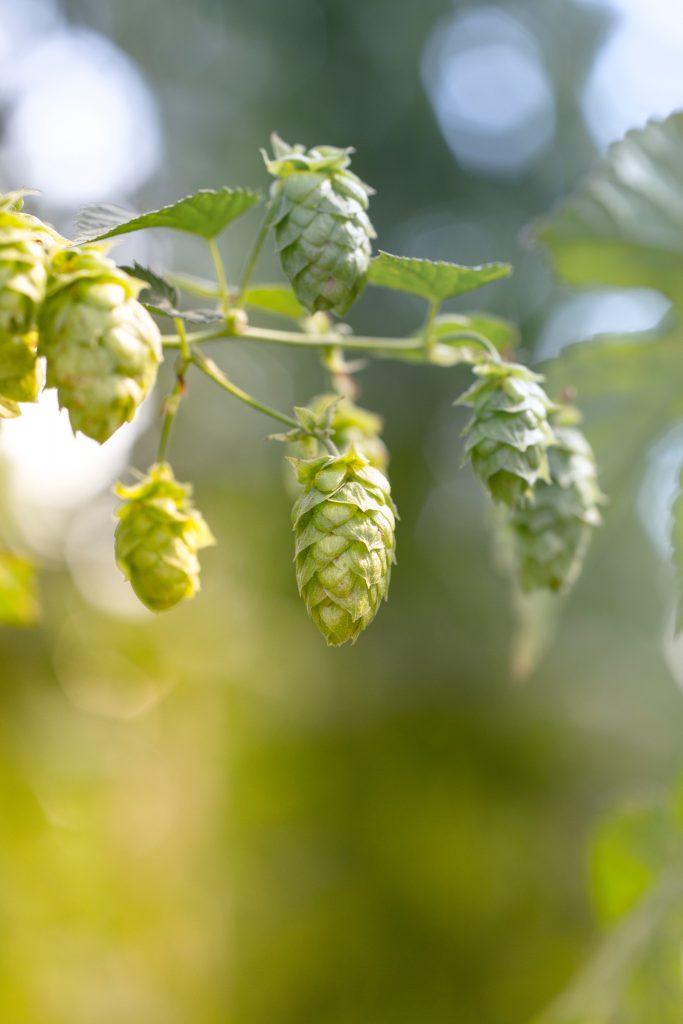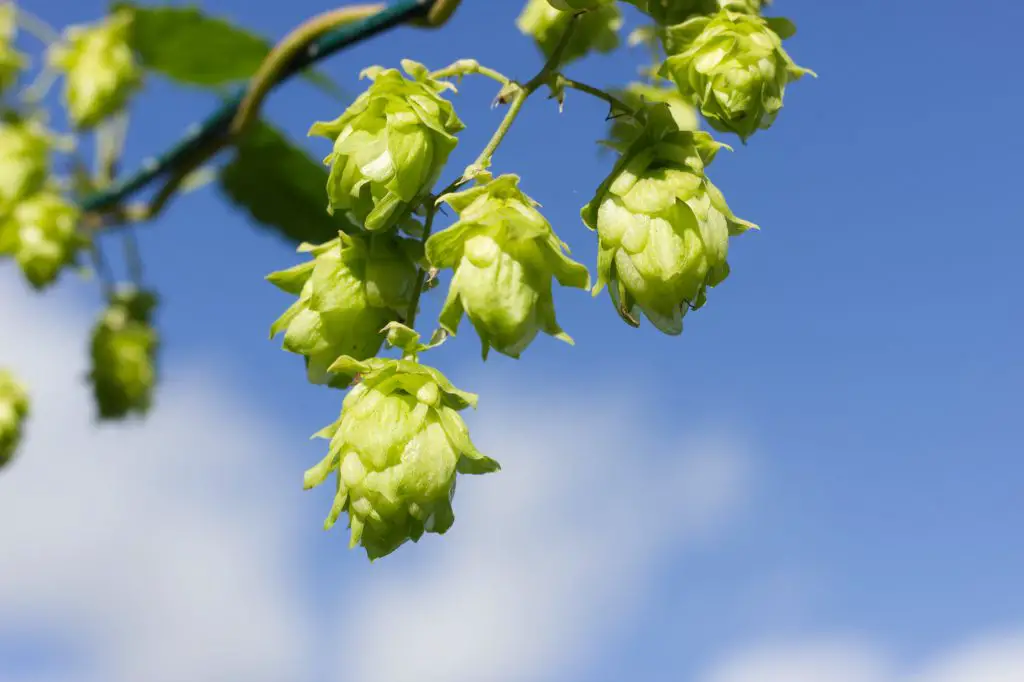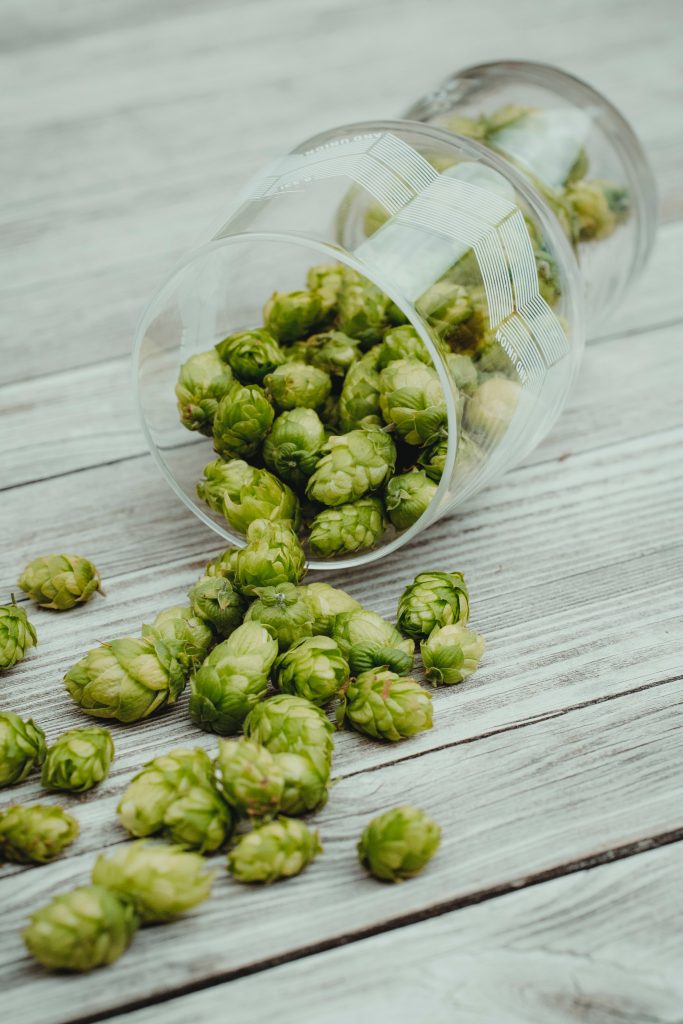This post contains affiliate links which we are compensated for if a purchase is made. Using links costs you nothing and helps to support the ongoing creation of content. Thank you for using them.
Is It Worth Growing Your Own Hops? For anyone that is brewing their own beer, they will know that hops are a regular ingredient that you need to purchase from the local home store for many different types of beer. Given that it is a plant-based ingredient is this something that can be grown at home and is it even worth doing?
From a purely cost versus time perspective growing hops is not worth the effort for most people brewing on a small scale. This is because the harvesting and drying of the hops is a relatively time-consuming process that will take several hours of your time. Additionally, the plant requires ongoing maintenance during the growing season to ensure that you get a reasonable harvest and it does not become a weed. However, if you are someone that really enjoys growing plants and is producing several other crops at home it may be worthwhile.
How Much Does A Hop Plant Produce?
According to the gardening website www.planyourpatch.com, a Hop plant will produce 1 to 2 lbs (0.5 to 1 kg) of dried hops per season. However for a plant to achieve these yields will take 4 to 5 years. You can expect around 0.5 lbs in the first year but this will increase every year as the plant gets larger and more mature.
The plant itself is a climbing perennial that requires a trellis system to support it as the plant can reach up to 20 ft (6 metres) in length or more so if you are considering growing your own hops it is easiest to grow it along a fence in a sunny position. The trellis system is necessary to optimize the plants’ yield by allowing access to the flowers

In What Climates Can You Grow A Hops Plant?
Hops is a frost tolerant plant that can survive in growing zones 5 to 9. The plant can survive in temperatures as low as -4°F (-20°C), however, at these temperatures, it is advisable to protect the plant as much as possible by using a relatively thick layer of mulch. This will protect the plant from the worst of the weather.
Do A Hop Plant Require Much Maintenance?
The hop plants will grow vigorously and produce many shoots throughout the season. Due to its vigorous nature, it is necessary to maintain the plant by pruning it on a regular basis to avoid that plant becoming a tangled mess. This maintenance needs to be done every couple of weeks however if done regularly the maintenance should only take 10 to 15 minutes or so.
Maintenance should commence at the start of the growing season, typically in mid-spring, when the hop vines reach about 1 ft (30 cm) in length. At this point, it is important to select two or three of the strongest vines, these should be tied to the support structure with twine. Most people that grow hops wrap them around the post.
These vines will grow vertically but will produce lateral growth which needs to be controlled and reduced in size to avoid them from becoming tangled. Failure to complete this maintenance task on a regular basis will result in flowers being difficult to harvest later on due to the tangling of vines.
How Long Does It Take To Harvest Hops?
Harvesting hops is a relatively easy job however, it will take a while to do, perhaps an hour or 2 per plant. So if you have multiple plants I would suggest it is a job you will want to get help with if you don’t want to lose too much time.
Harvesting will normally occur in summer but the precise timing can vary depending upon the particular location where you live. However, when the hops are ready to be harvested the flowers will develop a relatively pungent smell and the flowers will develop a paper-like quality to them. Additionally, if the cone (flower) is squeezed lightly it will spring back into shape.
When harvesting the hops it will be necessary to wear gloves and long sleeves as the hops’ vines will irritate your skin. The easiest way to harvest the vine is to cut them down about three feet above the ground. The vines can then be laid on the ground which will make it quicker and easier to harvest the cones.
How to Dry Your Homegrown Hops
Unless you are able to use all of your fresh hops in a brew immediately it will be necessary to dry them. However, when using wet or fresh hops you need to add around 5 times the amount as dry hops as they are around 80% water. If this is not possible it will be necessary to dry the flowers.
This can be done by air-drying the flowers by spreading them out onto a screen or drying rack, old flywire screens work well. This will typically take around 2 to 3 days. To test if the hops if dry enough try breaking the central stem, if it breaks easily then the flower is dry enough.
The other way is to force dry the cones by using either an oven or dehydrator. Dehydrators are generally much easier to use because it is easier to control the temperature and the dehydrators have purpose build drying racks. The entry-level models are more than adequate for the job and I have found from personal experience that they will last several years without a problem. To see the latest price for the model we recommend click here.
If you are using an oven for drying the ideal temperature is 100°F to 120°F (37 to 49°C), do not allow it to exceed 140°F (60°C) as it will burn the leaves. To ensure that the temperature does not exceed this temperature it is best to leave the oven door open. The process will take a few hours and it will necessary to check the hops every half an hour or so.

How To Grow Hops
The hop plant is a deciduous vine that will produce vigorous new growth each year. The plants themselves are purchased in most cases as a section of rhizome. The rhizome should be planted in early to mid-spring when the weather is beginning to warm up. When planting the rhizome it is important to select a location that receives at least 6 to 8 hrs of direct sunlight per day, though more is better.
Additionally, the location needs to allow a support structure to be erected. The support needs to be relatively strong as mature Hop vines can weigh quite a lot.
In terms of soil conditions, Hops plants are quite forgiving and will tolerate a wide range of soils. However, the ideal soil conditions are rich well-drained soil that contains plenty of compost has a pH of around 6.5. It is easiest to check the pH using a meter as it is quick, and easier to use than pH strips, click here to see the latest prices on Amazon. If necessary the pH of the soil can be adjusted with lime (increases pH) or sulfur (reduces pH).
The only thing to avoid is soils that have poor drainage as exposure to too much water will result in the rhizome of the plant rotting. If you have soil that has a lot of clay it is recommended that gypsum be added to help break up the clay. Mounding the soil up to elevate the height of the rhizome will also help to improve drainage.
When planting the rhizomes they should be planted at a depth of around 3-4 inches (7.5 to 10 cm) approximately 4 to 6 ft (1.2 to 1.8m) apart. A thick layer of mulch should then be added to prevent moisture loss.
The Hops needs to be watered regularly during its first season in particular, as this is when the plant is most susceptible to during out as the plant is yet to establish a root system. When the plant begins to produce vines the new growth needs to be trained onto the support structure initially and trimmed to reduce the number of shoots to 3.
As the Hops has a tendency to spread it will be necessary to dig the plant every couple of years to control it. Any sections removed during this process can be potentially used as propagation material. Propagation is best done in early spring just before the start of the growing season.
